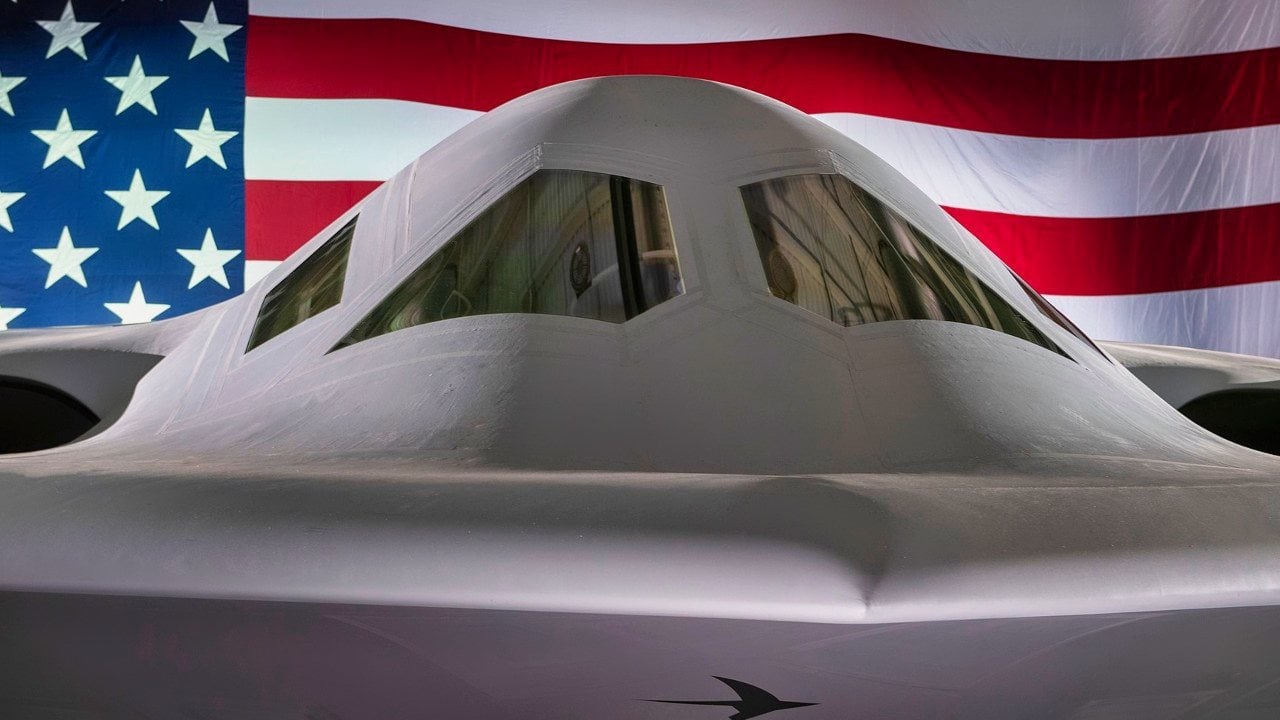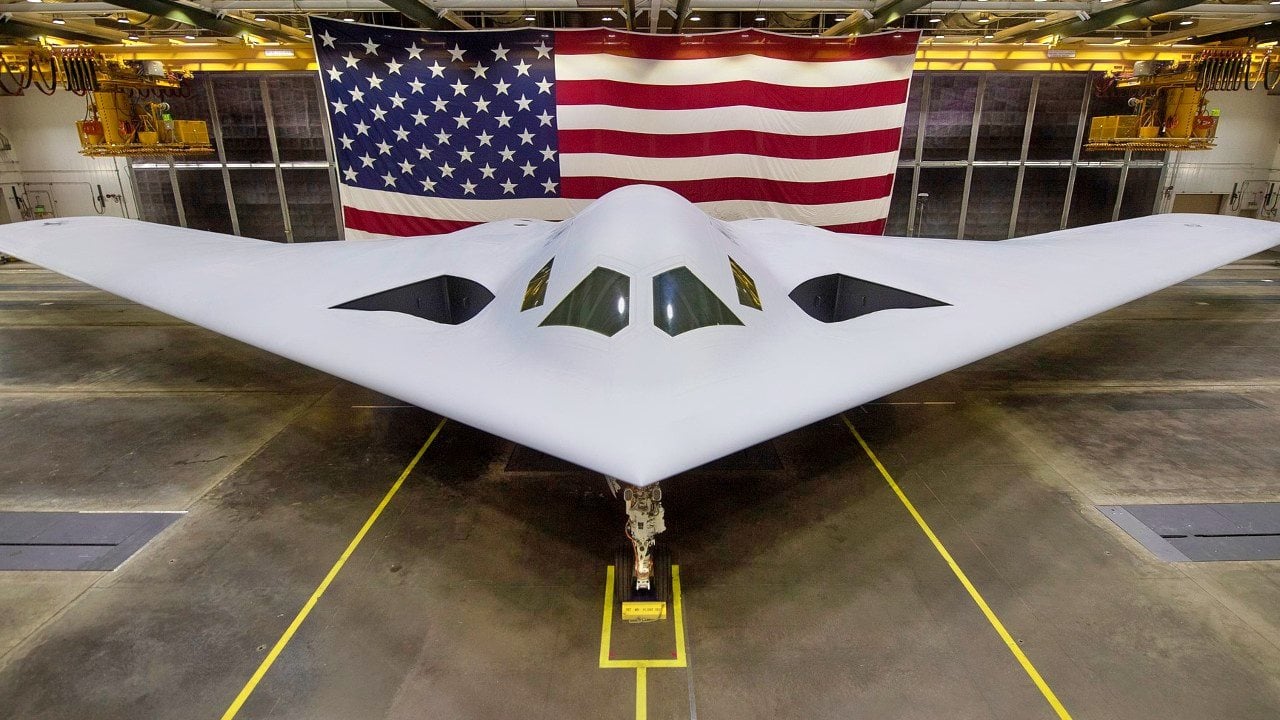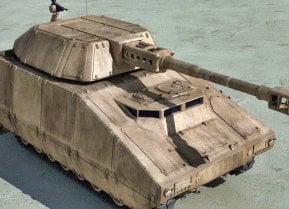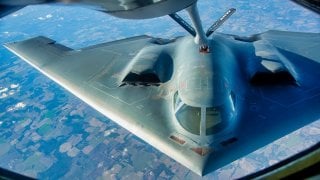The B-21 Raider Bomber Question Everyone Keeps Asking
The upcoming B-21 Raider continues a proud tradition of American-made bomber aircraft. To date, each bomber has been a manned aircraft. But could the B-21 be the last manned bomber the U.S. Air Force ever makes?
The upcoming B-21 Raider continues a proud tradition of American-made bomber aircraft, which includes everything from the B-17 Flying Fortress to the B-24 Liberator to the B-2 Spirit. To date, each bomber has been a manned aircraft. But could the B-21 be the last manned bomber the U.S. Air Force ever makes?
B-21 Bomber: The Big Question
Aerial warfare appears to be trending towards unmanned aircraft.
The US has operated remotely piloted drones for two decades, like the MQ-9 Reaper and RQ-4 Global Hawk, which rely upon operators who remain on the ground while the aircraft takes flight.
Even aircraft that are traditionally manned have been converted into remotely piloted aircraft; the Air Force has converted some manned F-16 Fighting Falcons into unmanned QF-16s, presumably to fly decoy missions.
But in all likelihood, future US-made aircraft will be unmanned – by default.
NGAD Points the Way for B-21 Raider?
Take for example, the upcoming sixth-generation fighter program, the Next Generation Air Dominance (NGAD).

The exact specifications and features of the NGAD program are not yet known. But we know that the NGAD will be built around a sixth-generation fighter, known as the Penetrating Counter-Air (PCA), which will be a successor to the fifth-generation F-22 Raptor.
The PCA will feature sixth-generation technology, which is still poorly defined, but understood to be more advanced than fifth-generation technology. One potential component of sixth-generation technology is the ability to operate either in a manned, or unmanned mode. So, speculation holds that the PCA will have the ability to be operated without a pilot onboard. But regardless of whether the PCA is piloted from the cockpit or remotely, we know that the NGAD will pair the PCA with the uncrewed collaborative combat aircraft (CCA).
As the name implies, the CCA will be an unmanned drone; each PCA (and the F-35) will fly with two CCA wingmen in the future, suggesting that unmanned aircraft will be essential to future force structuring.

The NGAD’s emphasis on unmanned technologies brings into sharper focus the fact that the US’s other big aviation development program, the B-21 Raider, has made less noise about its unmanned capabilities.
But the B-21 is expected to feature the ability for manned or unmanned operation. Clearly, in 2023, new airframes are expected to incorporate unmanned technologies, suggesting the future is unmanned and that the B-21 could be the last manned bomber in a long line of manned bombers.
The U.S. Bomber Fleet
At present, the US bomber fleet consists of three aircraft: the B-1 Lancer; the B-2 Spirit; and the B-52 Stratofortress. But the composition of the US bomber fleet is about to change drastically; both the B-1 and B-2 are expected to be phased out by the early 2030s.
“The B-1 and B-2 fleets are on track for retirement by the early 2030s,” Defense News reported. “The B-1’s retirement already started with 17 of the fleet’s oldest and most ailing airframes retired last year to free up the labor force and resources, leaving 45 remaining.”
The B-1 is the Air Force’s swept-wing supersonic bomber – a program that Ronald Reagan resurrected from cancellation in the 1980s. The bomber is unique for it’s speed, as the US’s only supersonic bomber. But speed is becoming less relevant than stealth for the purposes of penetrating contested air space. The B-2 Spirit does provide a stealth option. But only 19 of the $2-billion-per-aircraft B-2s are in operation. And the B-2, which was designed in the 1980s, now features generation-old stealth technology.
Both the B-1 and B-2 should be cut around 2031 or 2032. But “some factors could delay that schedule,” Defense News reported. For example, “events could shift that might require the Air Force to hold onto some of its legacy bomber capabilities. That could include a conflict breaking out with China or unforeseen delays in the B-21 acquisition.”

But if things go as expected, the B-21 will become the go-to stealth bomber option for the US military. The specifics of the B-21 program have been kept tightly under wraps; we don’t know a ton – but we do know that the “B-21 Raider will be a component of a larger family of systems for conventional Long Range Strike, including intelligence, Surveillance and Reconnaissance, electronic attack, communication and other capabilities,” according to the US Air Force. “It will be nuclear capable,” and, notably, “designed to accommodate manned or unmanned operations.”
B-21 Raider As the Last Manned Bomber for the U.S. Air Force
Could the B-21 be the last manned bomber? Possibly. The B-2 has served for nearly thirty years before being replaced. If the B-21 serves for a similar thirty years without being replaced, that would mean the B-21’s replacement won’t come online until 2060 or so. By 2060, it’s a safe bet that new aircraft will be unmanned – bombers included.
About the Author
Harrison Kass is a defense and national security writer with over 1,000 total pieces on issues involving global affairs. An attorney, pilot, guitarist, and minor pro hockey player, Harrison joined the US Air Force as a Pilot Trainee but was medically discharged. Harrison holds a BA from Lake Forest College, a JD from the University of Oregon, and an MA from New York University. Harrison listens to Dokken.


